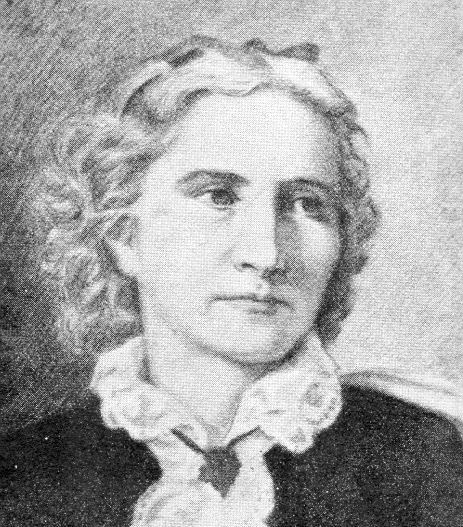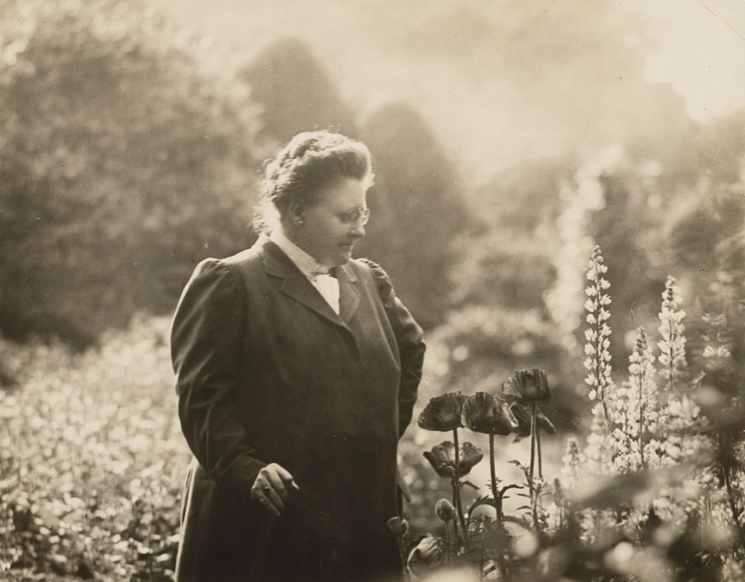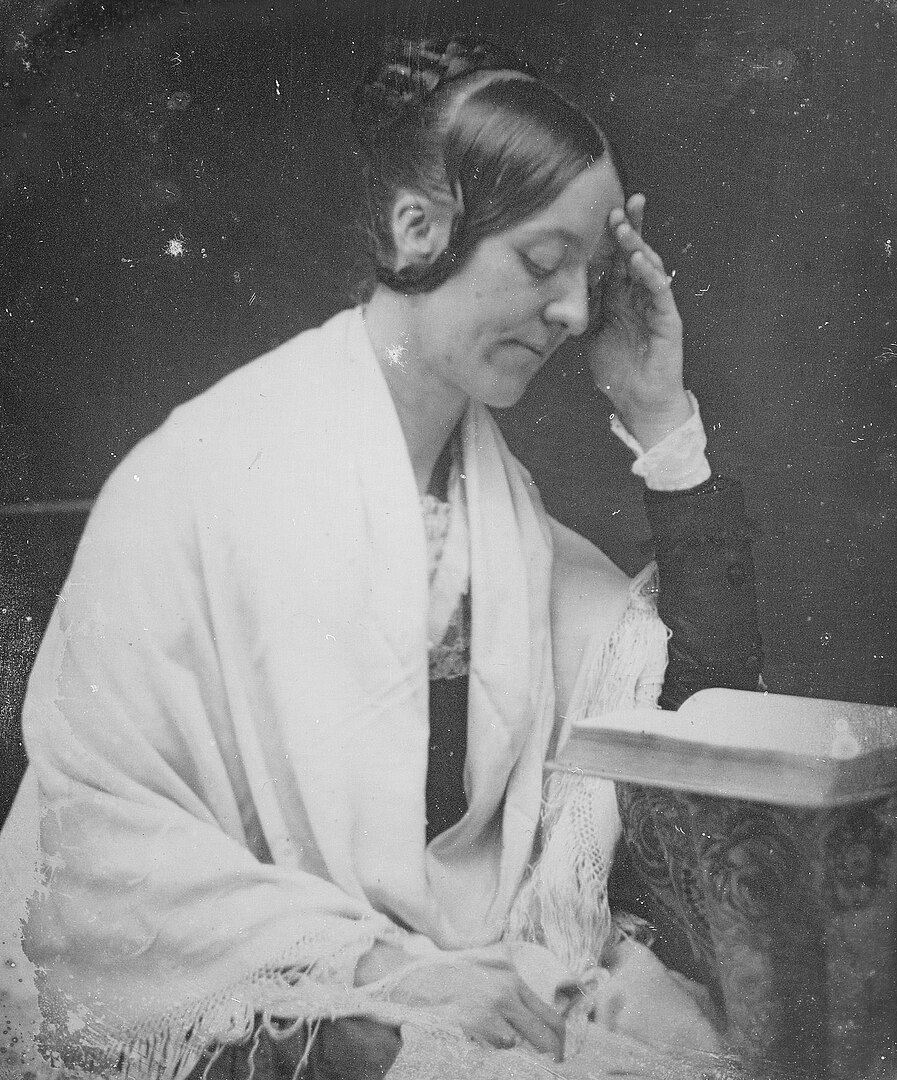LGBTQ Pride at Mount Auburn

Exploring New England's LGBTQ History throughout Mount Auburn's Landscape
Interpreting LGBTQ History
LGBTQ people have always existed, but they have not always understood their identities in the terms used today. Umbrella acronyms such as LGBTQ help us to include a broad coalition, but these words operate in a particular time and culture and could never capture the full range of gender and sexual identities.
The stories of LGBTQ individuals in history can be challenging to uncover due to the pervasive prejudice and social stigma surrounding gay and queer relationships and identities across historical contexts. It's a nuanced task to apply contemporary labels like "lesbian" or "transgender" to historical figures, considering the evolution of societal perceptions of sexuality and gender identity, which have notably transformed even within the past two decades.
Often in history, LGBTQ people had to hide their identities for fear of discrimination and retribution. Their relationships and queer experiences were often clandestine and shrouded in rumor and gossip, making it difficult for historians to determine the true nature of their sexualities and identities.
Despite these challenges, it is important to illuminate these stories and celebrate LGBTQ history in an age where we can show our pride and be proud of our relationships and identities.
Queer Artistic Spaces
The LGBTQ population of 19th and early 20th century New England often had carve out their own safe spaces amongst like-minded artists and intellectuals. In these artistic enclaves they could be themselves and become inspired by their peers.
In Rome a group of American ex-patriate women formed an artistic community of sculptors, actors, and writers, many of whom had life-long partnerships with other women. Back in New England the influencers of the time, like Isabella Stewart Gardner and A. Piatt Andrew, would support and frequent artistic enclaves of gay men and women.
Writing & Romance
Many LGBTQ people left behind traces of their identities in personal correspondence, photographs, and even romantic poetry dedicated to their partners.
Poet, Amy Lowell wrote many poems about her lifelong partner, Ada Dwyer Russell including the stanza below:
In the street,
Amy Lowell, The Wheel of the Sun
You spread a brightness where you walk,
And I see your lifting silks
And rejoice;
But I cannot look up to your face.
You melt my strength,
And set my knees to trembling.
Shadow yourself that I may love you,
For now it is too great a pain.
Boston Marriages
A "Boston marriage" is a historical term originating in the 19th century referring to a relationship between two women who lived together and were financially independent of men. The concept is named after the city of Boston, which was known for its progressive attitudes and was home to many educated and independent women during this period.
These relationships were characterized by emotional intimacy, companionship, and mutual support. They were often seen among educated women who sought to live lives outside the traditional expectations of marriage and domesticity. The women involved in Boston marriages often pursued careers or interests in education, social reform, or the arts.
Social Justice & Intersectionality
It's no surprise that the LGBTQ people of 19th and 20th century Boston often fought for parallel social justice causes, even if they themselves remained closeted. Many LGBTQ people were activists for women's suffrage and equal rights, the abolition of slavery, the civil rights movement, and more.
Curious, but Unknown
Often shrouded in rumor and gossip, there are many challenges to uncovering LGBTQ history due to the prejudice and discrimination that the queer community has faced. "Boston Marriages" referring to the domestic partnership between women, were much more accepted by the New England public than the cohabitation of two men. Often times men had to clandestinely refer to their partnerships as "romantic friendships" to describe the intense feelings they shared with other men. These "romantic friendships" often remained vague enough that any suspicion of homosexuality could be denied.
Many individuals on this list were suspected of same-sex attraction, but no concrete evidence corroborating these claims has been found.
The Story Continues...
In 2004 Massachusetts became the first state in the country to legalize gay marriage. Many gay couples choose Mount Auburn as their final resting place, and we continue to collect and uplift their stories and their love.
In 2016, Mount Auburn's first Artist-in-Residence and videographer, Roberto Mighty produced a short documentary about Gaetane “Tana” Scouras (1962 - 2014) and her beloved wife Deidra. The documentary is available to watch below.
Acknowledgments
The content on this page has been adapted from the research by Mount Auburn volunteer docent, Robin Hazard Ray and Education & Digital Content Manager Corinne Elicona.
The individual stories on this page were deeply informed by The History Project's publication Improper Bostonians: Lesbian and Gay History from the Puritans to Playland which details the colorful tapestry of experiences from Boston's LGBTQ History.














